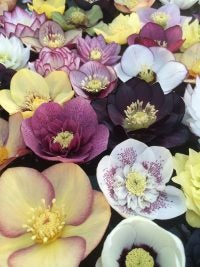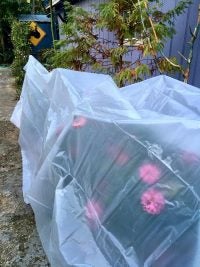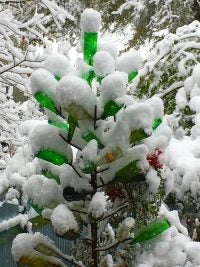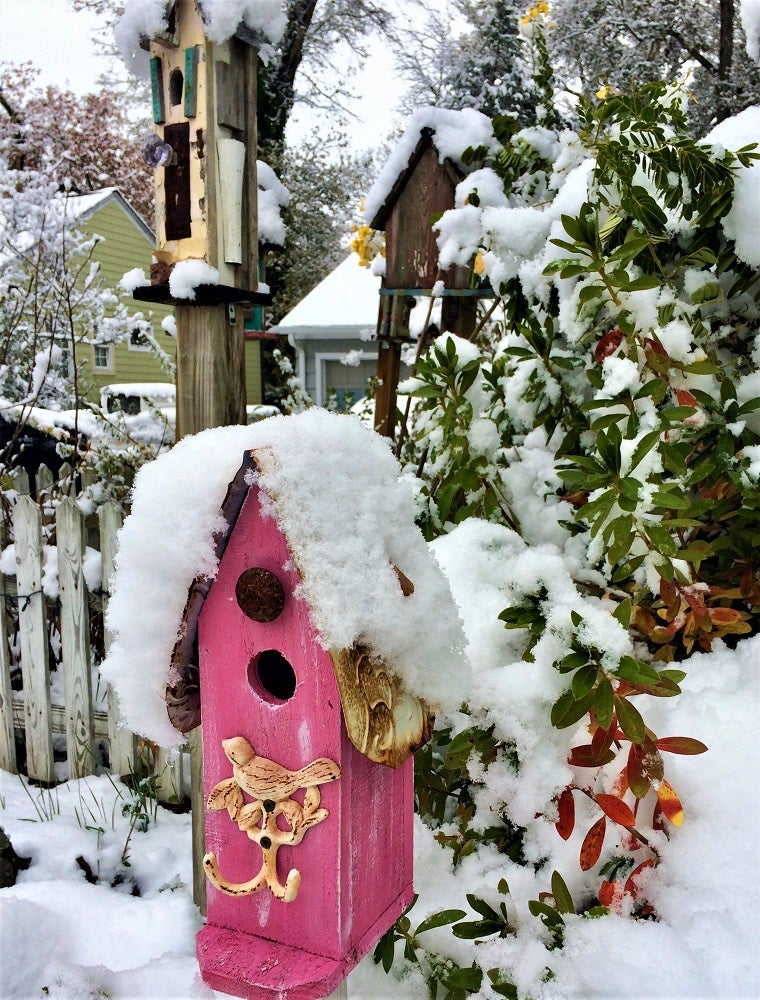Winter and your plants
Published 11:00 am Sunday, January 9, 2022
|
Getting your Trinity Audio player ready...
|
Okay, we finally got bit by normal winter weather, albeit a couple of months later than usual. But because of unusually warm past few weeks, didn’t we have the most glorious flowering New Year’s Day ever?
Now what? Nothin’ is what I’m doing, unless you count doing nothing as something. Nearly every winter gardens suffer sudden hard freezes, and usually survive just fine with just a bit of pruning and neatening later. Remember how the azaleas that we were certain were ruined, still flowered come spring? And many overlooked perennials, including seriously beautiful winter-flowering Hellebores, a shade-loving perennial often called Lenten rose, do fine no matter how cold it gets here.
Sure, most of the early-blooming pink Japanese magnolias browned out, but I theorize that their too-early blooms are what attract freezes in the first place. We do lose some camellia blossoms just when they start peaking, and normally cold-resistant pansies violas and, well, nearly every winter annual except kale can freeze. A lot of too-early blueberry flowers may be killed, though the shrubs may still make a decent crop.
I took the precaution of huddling exposed potted plants, even the cold hardy kinds, close to the house and piled mulch over the pots to keep roots a bit more protected. Still, an old pot from my grandmother’s garden froze solid and then cracked to pieces as soon as it thawed.
Getting the picture? We all lose stuff in the sudden deep freezes of our normally-mild winters. It’s just that old hands roll with it, accepting the frustration and disappointment as part of gardening’s gambling game. We understand that cold weather is important to Temperate zone plants, most of which actually require lots of cold to grow properly (which is why we can’t row decent lilacs or cherries). My winter-flowering quince, hellebores, and mahonia never missed a beat.
I see folks cover plants that can easily tolerate temperatures down into the teens, sometimes causing more damage than good. All I can say to those folks is “You gotta trust them.”
Actually, other than protecting against cold winds, and giving false hope, covering plants in cold weather only helps for a few hours, and then only down to about the mid-20s. But if you do, make sure the covering goes all the way to the ground, to capture the considerable warmth rising from the soil, and uncover when it gets into the 30s, especially when the sun comes out, because overheating from sun shining through clear plastic can steam plants to a worse death than freezing.
For those of you who got clip-happy back in the fall, here’s some outdated information: Professional gardeners all know that roses, hydrangeas, figs, crape myrtles, and other summer-blooming shrubs, some of which can take cold down to zero, are best pruned in late January or February. Exposed tips of plants pruned earlier, especially boxwoods and a lot of hedge shrubs, often get damaged with the first hard freeze; you may need to revisit some come next month to remove the browned tips.
Meanwhile, all I do, other than look wistfully out the window, is make sure my plants are well-watered before a hard freeze because while ice will only get so cold, below-freezing air temperatures can cause damage to dry roots and stems. And I pile warmth-holding, insulating leaves and bark mulch underneath (pine straw looks good but too loose to be good insulation), and sharpen and oil my pruning shears and loppers to neaten up the aftermath.
Who needed roses in January anyway? Winter color is what glass bottle trees and birdhouses are for!

Felder Rushing is a Mississippi author, columnist, and host of the “Gestalt Gardener” on MPB Think Radio. Email gardening questions to rushingfelder@yahoo.com.






